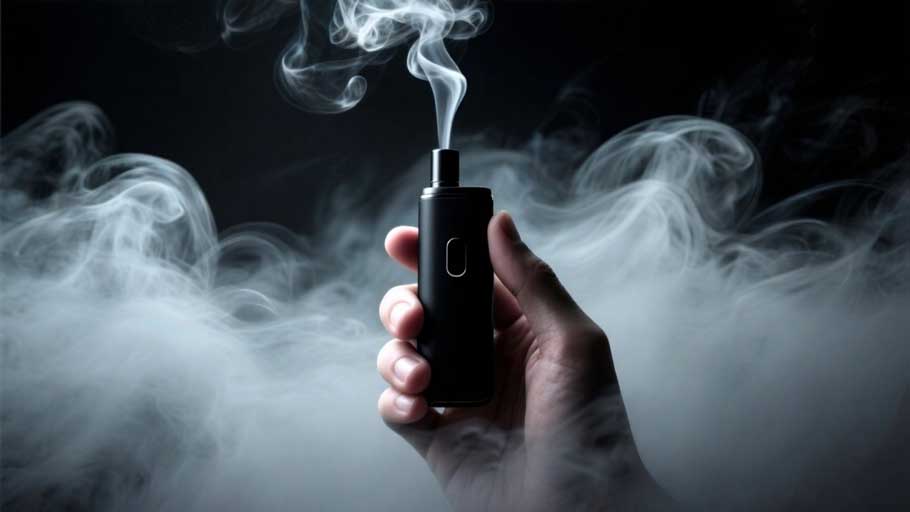The Hidden Dangers of Vaping: Serious Health Risks for Teens
Vaping has quickly become a trendy habit, especially among Gen Z and millennials. Marketed as a “safer” alternative to traditional smoking, e-cigarettes are often viewed as less harmful. But beneath the sleek design and flavored vapors, lies a cocktail of dangerous chemicals that can seriously harm your body—particularly in the long run.
What’s Inside That Vape?
Many people are surprised to learn that vape liquids (e-liquids) contain harmful substances similar to those found in tobacco products. Here are just a few of the toxic elements commonly found in vaping products:
- Nicotine – Highly addictive and can lead to dependence.
- Diacetyl – A flavoring chemical linked to a rare but severe lung disease called “popcorn lung.”
- Formaldehyde and Acetaldehyde – Carcinogens that may increase cancer risk.
- Vitamin E Acetate – Known to cause severe lung injury.
- Heavy metals – Including lead, tin, and cadmium.
- THC – The psychoactive component in marijuana.
- Ultrafine particles – Can deeply penetrate the lungs and bloodstream.
Short-Term Pleasure, Long-Term Consequences
Although vaping may feel enjoyable or relaxing, it’s essential to understand the real risks associated with its use, especially for teenagers and young adults whose brains and bodies are still developing.
1. Popcorn Lung
This rare condition, also known as bronchiolitis obliterans, involves damage to the smallest airways in the lungs due to exposure to diacetyl. Symptoms include persistent cough, wheezing, chest pain, and shortness of breath. Sadly, there is no cure for this condition yet.
2. Lipoid Pneumonia
Caused by inhaling oily substances from e-liquids, this condition leads to inflammation in the lungs. Warning signs include chronic coughing, shortness of breath, and coughing up blood or mucus.
3. Nicotine Dependence
Just like traditional cigarettes, vapes containing nicotine can lead to strong addiction. Nicotine stimulates dopamine release in the brain, creating a temporary “feel-good” effect—making it difficult to quit once dependency develops.
4. Mental Health & Mood Disorders
Teenagers addicted to nicotine may experience irritability, anxiety, mood swings, sleep disturbances, and trouble focusing. These symptoms often worsen during withdrawal or when trying to quit.
5. Oral Health Issues
Studies show that vape aerosols can make teeth more prone to bacterial buildup, leading to gum irritation, dry mouth, and potential infections in the throat and mouth area.
Still Under Study: Long-Term Effects
Because vaping is relatively new, many long-term consequences are still being researched. However, early findings suggest:
- Irritation of the throat and lungs
- Reduced lung function and higher risk of conditions like EVALI (e-cigarette or vaping-associated lung injury)
- Potential transformation of healthy cells into cancerous ones due to chemical exposure
Additionally, sharing vape devices among peers—common among teens—increases the risk of disease transmission. Nicotine and THC can interfere with brain development, which continues until around age 25.
Nicotine Poisoning Is Real
Accidental ingestion or skin contact with vaping liquids can result in nicotine poisoning. Symptoms include nausea, vomiting, dizziness, rapid heartbeat, and in severe cases, death. Small children and pets are especially vulnerable.
Conclusion: Think Before You Inhale
Despite being marketed as a modern, safer alternative to smoking, vaping comes with its own set of health hazards. From lung damage to mental health struggles and long-term addiction, the risks are real—particularly for young users. If you or someone you know is struggling to quit vaping, it’s crucial to seek help from a healthcare provider or a lung specialist.
Choosing a healthy lifestyle starts with informed decisions—don’t let trends compromise your well-being.
